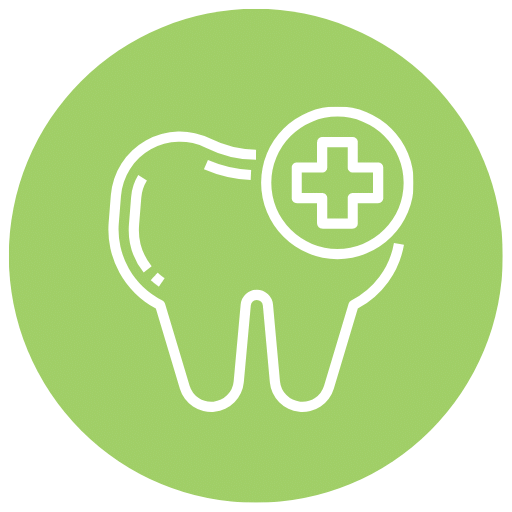Periodontitis, characterized by chronic inflammation and gradual destruction of periodontal tissues, poses a significant challenge in its diagnosis and management. Its insidious nature often leads to asymptomatic progression, with patients presenting to the dentist at advanced stages of the disease. Consequently, there is an urgent need for innovative and reliable diagnostic tools to identify periodontal status accurately and foresee sites at risk of future deterioration.
Saliva, often overlooked in traditional diagnostics, emerges as a promising medium for periodontitis assessment. As periodontitis advances, proteins and metabolites indicative of tissue destruction are released into saliva. Additionally, various biological markers associated with periodontium health and disease find their way into this fluid. Biomarkers, parameters indicating normal biological processes or responses to pathology, are extensively studied for their potential in periodontal diagnosis.
Let’s delve into the diverse array of salivary biomarkers and their mechanisms:
Enzymatic Markers:
Enzymes like AST, ALT, peroxidase, lysozyme, ALP, and ACP are correlated with periodontal disease severity. These enzymes reflect metabolic changes and inflammatory processes in the gingiva, indicative of tissue destruction.
Inflammatory Mediators:
Cytokines such as IL-1β, IL-6, and TNF-α, along with chemokines like MIP-1α, play crucial roles in inflammation and tissue breakdown. Elevated levels of these markers in saliva are associated with periodontal inflammation and disease progression.
Osteogenic Markers:
Markers like osteocalcin, osteonectin, and ALP are involved in bone remodelling and turnover. Altered levels of these markers in saliva signify alveolar bone loss, a hallmark of periodontitis.
Hormones:
Cortisol levels, indicative of stress, correlate with periodontal disease severity-High cortisol levels exacerbate inflammation and tissue destruction in periodontitis.
Microbial Markers:
Specific bacterial species like Porphyromonas gingivalis, Tannerella forsythia and Treponema denticola are associated with periodontal disease. Their presence in saliva indicates microbial dysbiosis and periodontal pathogenesis.
Nonspecific Biomarkers:
Proteins, growth factors, hormones, inflammatory cells, and volatile compounds in saliva provide insights into periodontal health. These markers reflect various physiological and pathological processes in the periodontium.
Saliva emerges as a rich source of biomarkers for periodontal diagnosis, offering non-invasive, convenient, and cost-effective screening options. Embracing saliva as a diagnostic tool empowers clinicians to intercept periodontal disease early, preventing irreversible damage and preserving oral health. As research in salivary diagnostics continues to advance, the integration of these innovative approaches into routine clinical practice holds immense potential for transforming periodontal care.
Reference:
- Shi F, Liu W, Yao Y, Zhang Q, Chen Z, Xian Y, Sujanamulk B. Predictive salivary biomarkers for early diagnosis of periodontal diseases – current and future developments. Turkish Journal of Biochemistry. 2023;48(4): 335-344. https://doi.org/10.1515/tjb-2022-0153
Are you eager to delve deeper into the world of cutting-edge technology in periodontal and systemic health? Look no further than www.periofirst.in ! Discover a wealth of knowledge and innovative solutions aimed at revolutionizing periodontal care and enhancing overall health.
Visit our website www.periofirst.in and unlock the secrets to lasting periodontal well-being!
Unlock the Future of Periodontal Care with Prognoseez® Plus and Periodonteez ®! Experience the Power of Saliva-Based Biomarkers and Predictive Analytics for Personalized Treatment Plans and Prognostic Insights. Experience Innovation Today!






